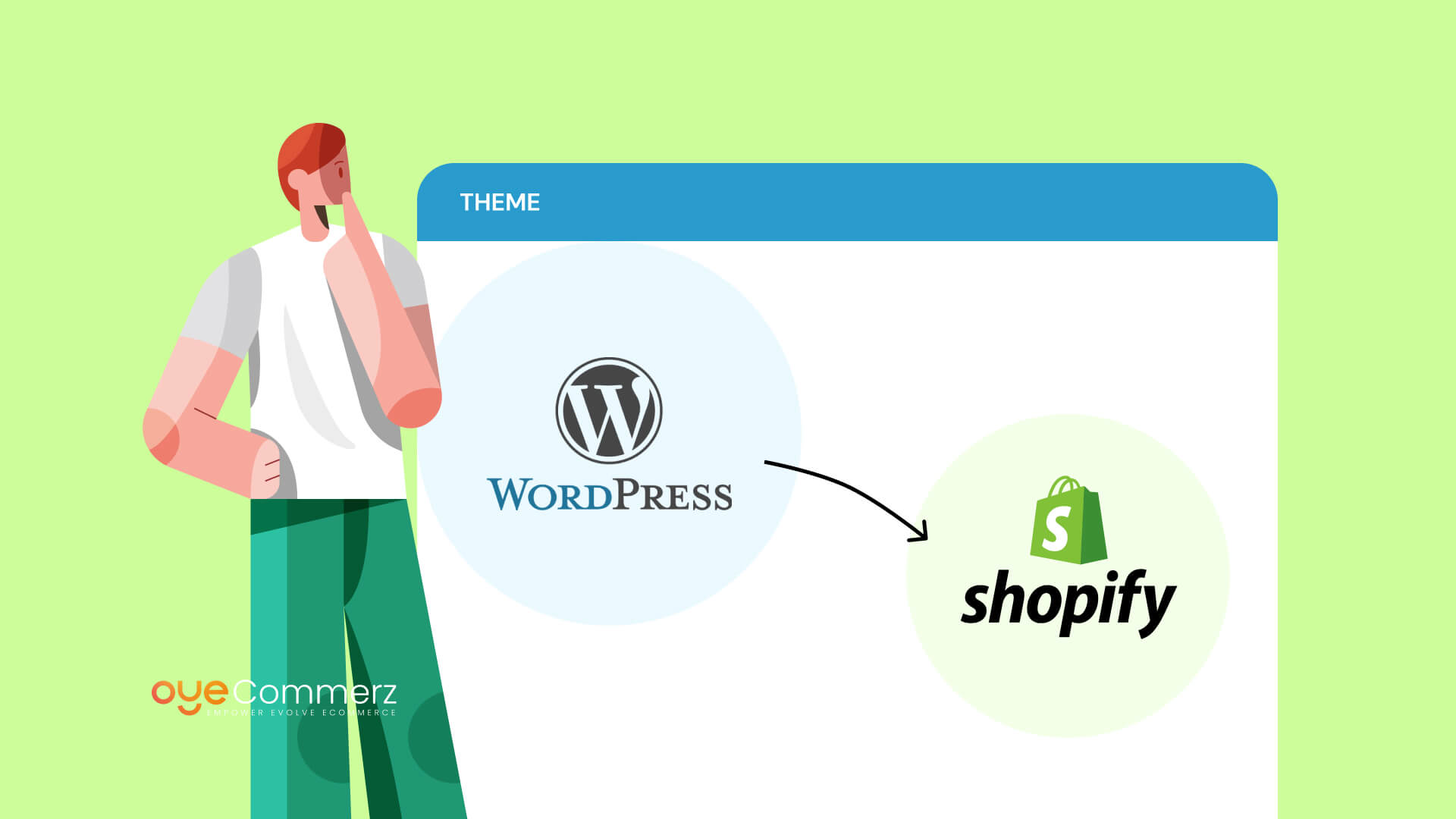In the ever-evolving landscape of online retail, choosing the right platform is crucial for your business's success. If you’re currently using WP and planning a migration to an alternative, you’re not the only one. Countless businesses are shifting to take advantage of Shopify’s powerful features, ease of use, and scalability. This guide will walk you through the journey of migrating from WP to Shopify seamlessly, ensuring that you realize your eCommerce potential.
Why Migrate from WordPress to this platform?
Prior to starting the migration process, it’s crucial to realize why this change can be advantageous for your eCommerce business:
User-Friendly Interface: Shopify offers an straightforward system that streamlines store management, making it easier for non-technical users.
Flexibility: As your company grows, Shopify can support higher traffic and sales without compromising efficiency.
Built-in Tools: Shopify includes pre-installed resources for SEO, analytics, payment management, and much more, minimizing the necessity for multiple plugins.
Robust Protection: With Shopify, you get access to robust security features that protect critical customer details.
Steps for a Smooth Migration
Migrating your online store from WP to Shopify requires multiple steps.
Here’s steps to facilitate a successful transition:
Plan Your Migration Approach
Begin by outlining your migration strategy. Identify which components of your existing site you plan to migrate, such as:
Product data
Customer information
Purchase logs
Blog content
Pick the Right Migration Option
Depending on your preferences, select a migration service that suits your eCommerce goals. Professional services delivers several plans:
Starter Package: Suitable for small stores with minimal products.
Standard Migration Package: Appropriate for medium-sized businesses with intermediate demands.
Advanced Plan: Perfect for larger stores requiring custom customization.
Backup Your Information
Before starting the migration, guarantee that you have a complete copy of your WP site. Shopify store customization This action is essential in situations where anything goes off track during the migration.
Extract Your Information from WP
Use extensions or custom scripts to export essential content from your WP site:
Inventory
Customers
Sales records
Blog posts
Upload Information into Shopify
After you have your data exported, employ Shopify’s import tools or external apps to migrate your data into your Shopify store. Ensure that all information is properly structured and aligned.
Personalize Your Shopify Platform
Following uploading data, tailor your Shopify platform’s theme to reflect with your business goals. Look into hiring a designer if you want detailed customization.
Configure Checkout Systems and Shipping Options
Set up payment gateways and logistics options in Shopify to create a user-friendly checkout experience for customers.
Implement SEO Standards
To keep your SEO performance during the change:
Set up 301 redirects from Shopify SEO tools previous URLs to updated ones.
Update meta tags.
Optimize media and text for search engines.
Review Your Migrated Platform
Ahead of publishing, extensively review your migrated site. Identify any discrepancies, payment processing issues, or missing data.
Launch Your Store
After everything is in place, it’s time to launch! Announce the transition to your users and invite them to discover the enhanced capabilities of your Shopify store.
Post-Migration Assistance
Post publishing your updated store, continued help is essential. Consider working with experts who can help with:
Technical support
Marketing strategies
Performance optimization
Conclusion
Migrating from WordPress to this platform can be a crucial decision for your online retail. By using this guide and leveraging professional services like those offered by OyeCommerz, you can achieve a smooth transition that boosts your online presence. Embrace the change and realize the potential of Shopify today!
